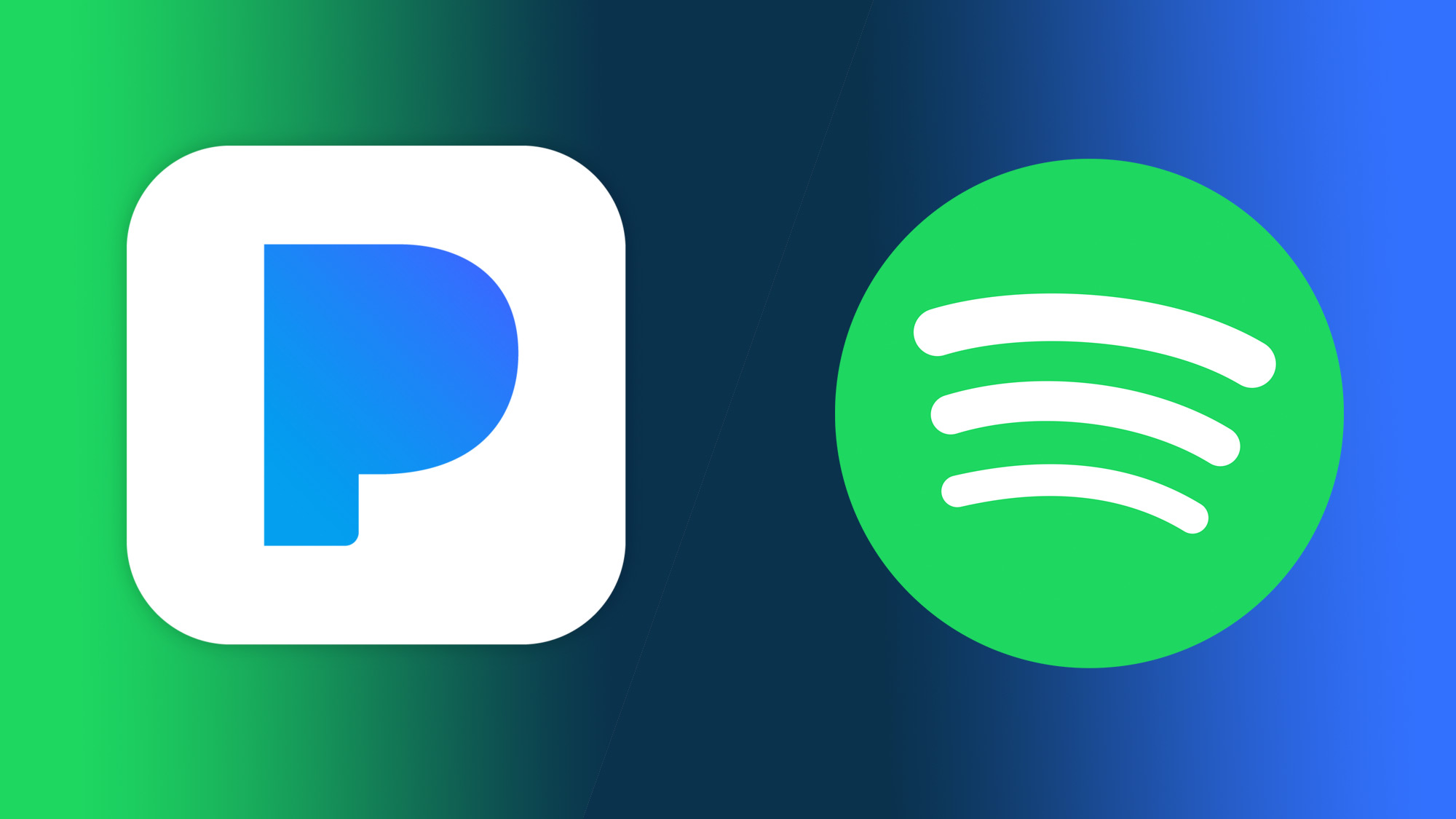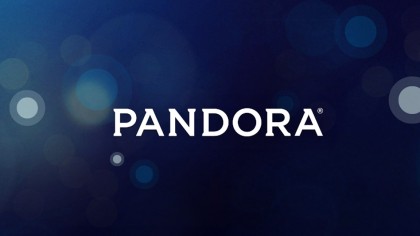Spotify Stations vs Pandora: what’s the best way to get streaming radio?
We lay the needle down on the best streaming radio services

Listening to the radio used to mean turning a dial until the static lifted. These days, 'listening to the radio' (a term we use loosely) it means turning on a stream of continuous music from an app. Sure, it's not the way your grandparents listened, but the new way is a lot more convenient, diverse and accessible.
The only problem is that, with so many places to stream new music, which service should you turn to when it's time to let the beat drop?
Let’s take a look at two of the most popular radio apps to see which is you should be using: Spotify’s new Stations app or Pandora radio.
Spotify Stations
Spotify Stations is a brand new app from Spotify which provides radio-like music streaming. It's available on iOS and Android and can be used with free and premium accounts. Overall, Stations simplifies the on-demand music of Spotify’s main app into fewer choices so that you can start playing quick, and have it just keep playing.
It’s probably not a coincidence the app is called Stations, a direct reference to how Pandora describes the different streams people listen to.
What is Spotify Stations and how much does it cost?
To get started, you need to sign up or sign in to an existing Spotify account (a free account works). The app is free and will play ads if you don’t pay for Spotify Premium. If you do pay for a premium account you won’t hear ads and can skip as many songs as you want.
Get daily insight, inspiration and deals in your inbox
Sign up for breaking news, reviews, opinion, top tech deals, and more.
To get started, add a “station” by tapping in the top left corner and select an artist or a mood. Or, search for a song, decade, or something else.
Once you have multiple stations, you can slide up and down to switch to the different stations, and as a nice detail, stations pause and resume as you go back to them. (A feature particularly useful because it’s easy to accidentally switch stations.)
You can also rename stations, have stations play only a single artist or mix in a few you like, and limit it to all similar music or just those artists. If you like or hate a song you can give it a thumbs up or down to influence future music, but that’s pretty much it. There aren’t many more features than those yet.


The benefits of the Spotify Stations app
Stations is a fast way to get music playing and show off the company’s world-class algorithm recommendations. That’s why it might be the perfect way to listen to music—and as simple as turning on the radio.
If you aren’t intrigued by unlimited, on-demand music enough to subscribe to Spotify in the first place, maybe you’re looking for something more like a radio station, in an easy too use package. In which case, this is it.
The Spotify app already has this radio functionality, but its desktop and mobile devices are verging very close on becoming iTunes—the butt of every joke for including too much stuff and being too complex. Stations allows the company to offload the radio functionality without being confusing.
If you look at it this way, Stations is just a lightweight interface which should enable you to hit play and forget about the rest of the choices associated with picking out music.
Stations shouldn’t be criticized for being overly simplistic, but it could use a few minor feature additions. The first and most obvious is a way to save a song to your library without it necessarily influencing future music. Combining the “save” feature with the thumbs up, traditionally meaning “play more like this,” is a little too minimalistic. It would be neat if all the saved songs became its own playlist within Spotify as well, like “Favorites from Stations.”
To that end, it would be nice to see a history of the past songs you listened to in Stations so you can save the ones you might have missed.
Overall, Spotify Stations is fast to get started, easy to use, and probably exactly what most people are looking for when they decide the time-of-day calls for music to be playing.
Pandora
Pandora wasn’t the first to do streaming internet radio, but it was the first to usher in an era of good streaming radio. Its music genome project helped identify similar artists and songs so well, it became popular among the general public, young and old, looking for an endless supply of music.
How much does Pandora cost?
Pandora took off because of its decent music recommendations, but also because it is free with ads—just like traditional radio—and remains that way to this day.
If you’d like to ditch the ads it will cost you $4.99 to go to Pandora Plus. Not only will you get a music-only listening experience, but you’ll be able to skip more songs if you don’t get a song you want to hear.
If you’d like to match Spotify’s on-demand listening function, beyond just radio, Pandora Premium can do that as well, which also costs the industry standard $9.99 per month.


The benefits of Pandora radio
Pandora’s roots are all about radio functionality and so it’s definitely the service to beat.
You can search for an artist, song, mood, or decade to start a station or choose one of the premade stations to get started. Every time you start a new station it will be saved until you delete it. You can also shuffle stations if you really want to add some variety to you life.
Pandora’s radio functionality resides in its main app so when you search for an artist or song so you’ll see the song you search for—you just can’t listen to it unless you subscribe to the Premium service. Otherwise you’ll need to start a station from the song.
The Pandora app displays plenty of information about tracks without being too cluttered. Once you’re playing a song you can swipe up to display bio information about the artist along with the elements of the particular song: instruments used, types of rhythms, and more.
Scattered throughout are lots of nice touches that make sense for a music app. Those include a sleep timer and alarm clock. There’s also a dedicated button to replay a song and full screen display with the ability to share a song and start a new station.
Because the primary focus of Pandora is to play radio-like stations, the app remains easy to navigate. Never does the Pandora app feel cluttered, but as it adds podcasts and on-demand listening into the mix, radio listening might eventually get crowded.
Verdict
Head to head, Spotify’s exceptional song recommendation engine shines bright. So much so that the better song selection outshines anything that might be lacking in its barebones app. The Pandora app has a wonderful and full-featured user experience, but its music choices feel lacking compared to Spotify.
That’s why Spotify Stations is the best radio app you can use at the moment. If you’ve spent years refining your Pandora stations or need some of the features it offers, Pandora is still a great option—just know Spotify Stations is out there, and could be a better option if you're ever looking for greener pastures.
- How does Apple Music stack up? Don't miss our Apple Music vs Spotify comparison
Tyler Hayes is a Freelance Journalist and Contributor and has experience with corporate communications handling marketing, executive messaging, and PR initiatives for multiple companies. Besides heavily contributing to Fast Company, he has also written for PCMag, Fatherly, Paste, Lifewire, Billboard, Mic, The Week, The Next Web, Fortune, Tools & Toys, Shondaland, and many other well-known publications.
